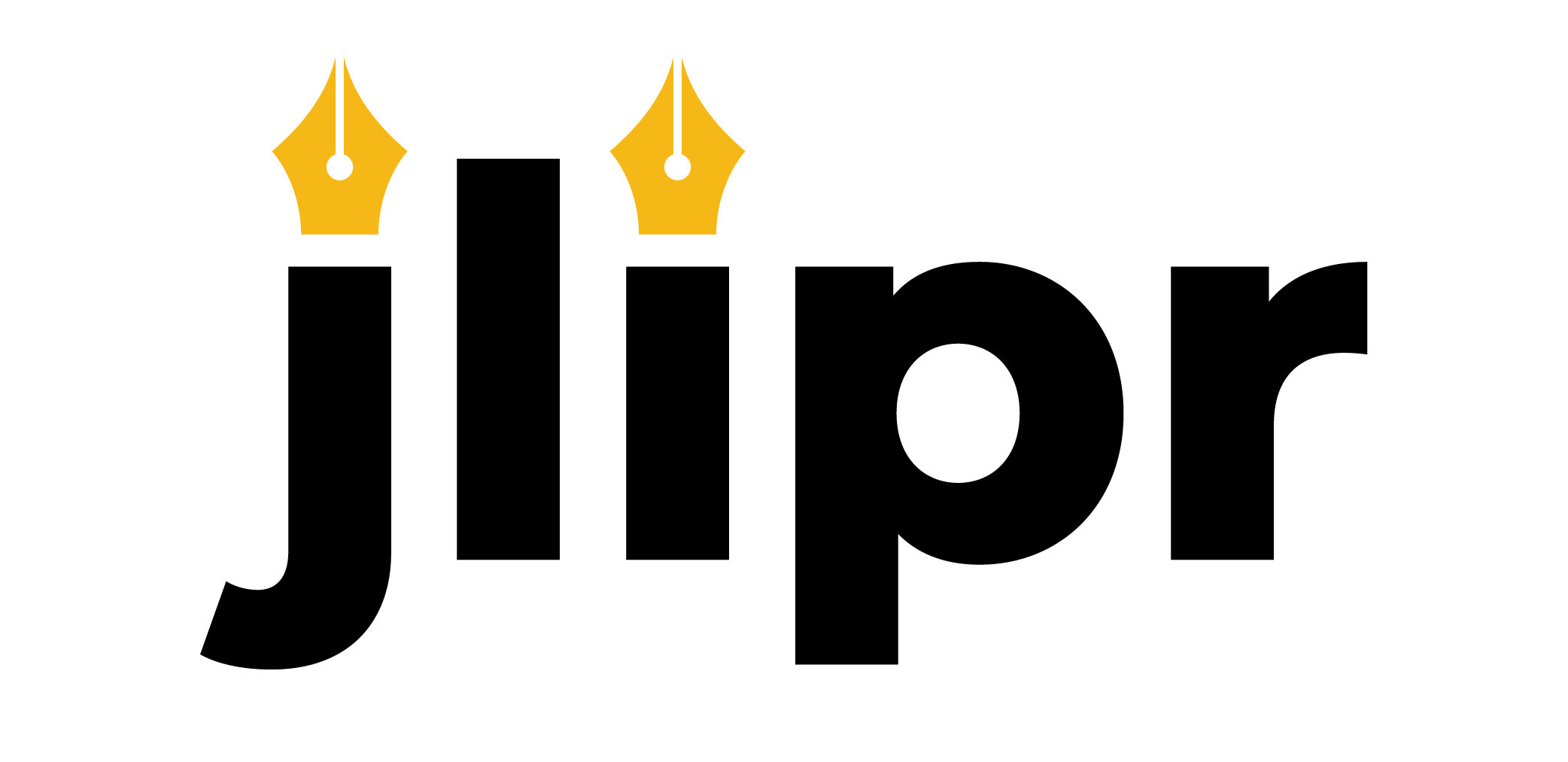JLIPR published articles are under an open access license. Please be aware that certain funding sources have an open access publication requirement. If you are unsure whether you must publish open access, please ask your funder or institution for clarification. After your article has been accepted for publication, you must be aware that it is under open access license making it available to everyone without any cost.

JLIPR is an open access journal which means that all content is freely available without any charges to the user or his/her institution. Users are allowed to read, download, copy, distribute, print, search, or link to the full texts of the articles, or use them for any other lawful purpose, without asking prior permission from the publisher or the author. This is in accordance with the BOAI definition of open access.
I4OC Standard
The Initiative for Open Citations (I4OC) is a project launched publicly in April 2017 that describes itself as: a collaboration between scholarly publishers, researchers, and other interested parties to promote the unrestricted availability of scholarly citation data and to make these data available. It is intended to facilitate improved citation analysis.
JLIPR journal comply with I4OC standards for open citations as I4OC aims to facilitate publisher efforts to make data freely available and to promote the creation of a comprehensive, freely-available corpus of scholarly citation data. Such a corpus of scholarly citations with no copyright restriction will be valuable for new as well as existing services, and will allow many more interested parties to explore, mine, and reuse the data for new knowledge. The key benefits that arise from a fully open citation dataset include:
- The establishment of a global public web of linked scholarly citation data to enhance the discoverability of published content, both subscription access and open access. This will particularly benefit individuals who are not members of academic institutions with subscriptions to commercial citation databases.
- The ability to build new services over the open citation data, for the benefit of publishers, researchers, funding agencies, academic institutions and the general public as well as enhancing existing services.
- The creation of a public citation graph to explore connections between knowledge fields, and to follow the evolution of ideas and scholarly disciplines.
